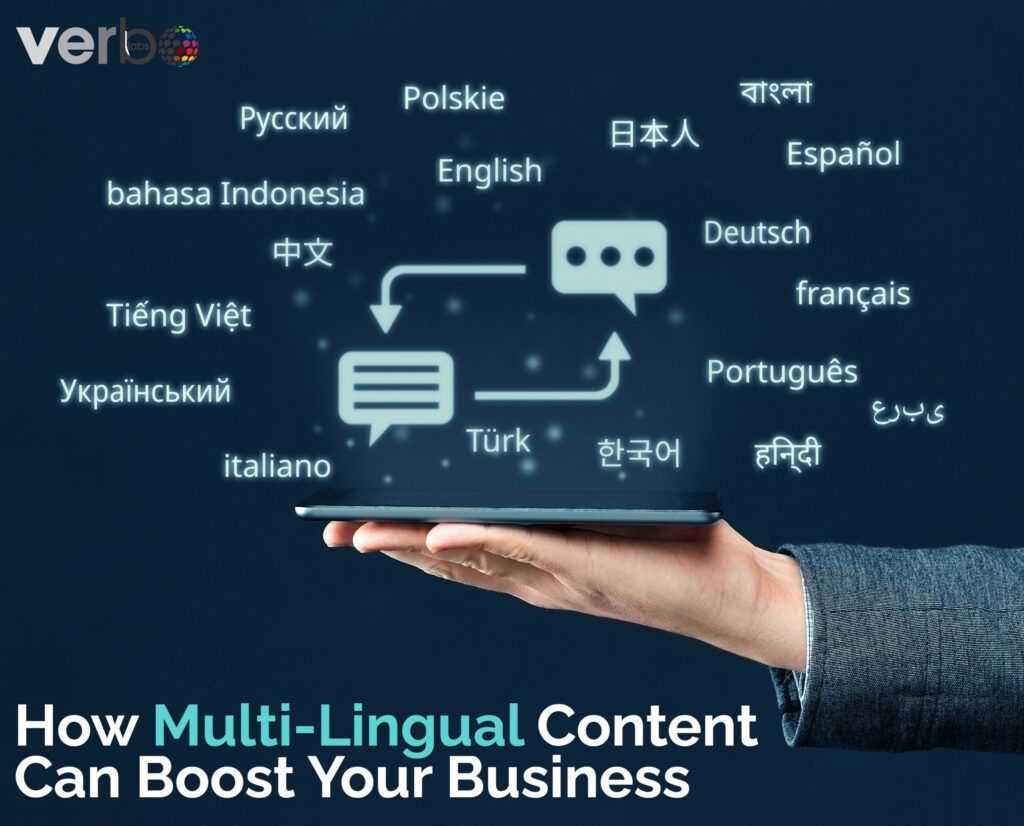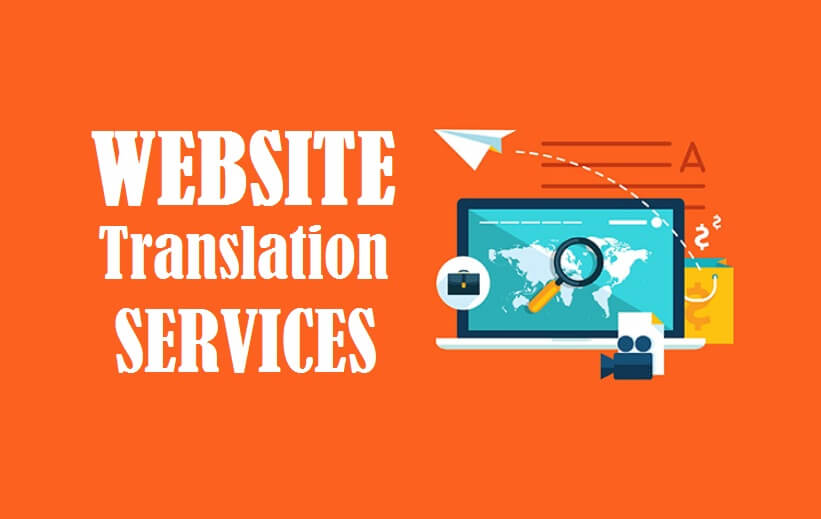Social Media has become an essential part of our lives recently. People rely on social media for various day-to-day information and tasks. According to a recent study, an average consumer spends at least two hours on social media platforms.
What does it mean for a business?
Businesses have a larger platform to make people aware of their products. They can sell products to a large population and send items to all corners of the globe. Even small businesses create social media presence to target a specific target segment.
Getting your business an edge over a competitor can now be done cost-effectively and conveniently. It is all about the connection the companies can create with their audience. A personal connection can be made through communication and easier access to information about your product.
One of the barriers that occur for many businesses is language. Most people prefer their indigenous language and find sites that are easier to understand.
What is a multi-lingual presence?
Multi-lingual is offering the data in several languages to your target segment. Language plays a significant role in getting your ideas delivered and received accurately. At the same time, different tones and pauses can Completely change the meaning of a simple sentence. Multi-lingual presence can help businesses interact with their target audience quickly and precisely.
What are the benefits of Multi-lingual presence?
Multi-lingual presence makes it easier for businesses to reach out to a larger audience and helps them convert the interaction into sales. Here are some of the benefits of such a presence
- Cost Effective – Businesses must invest in Professional Translation services to make their marketing strategy boom with cost-effectiveness. Advertising on social media is always easier than trying to enter another country through local media advertising outlets.
- Reuse of existing content – By translating your existing social media content, businesses can use relevant and engaging pre-existing content. A translation agency will localize the content and make sure that the content is culturally appropriate in every language.
- Increase online visibility – Multi-lingual content will boost your online visibility as people looking for content in their indigenous language can find your website. This will give you access to people from different countries. Thus, Increasing your revenues for a profitable business.
- Customers like to interact in their Native language – English is not the first language for most people. Therefore, they want to have access to the information in their own language. By sharing their content in different languages, businesses can make a more comfortable and engaging connection with their customers.
- Increase search ranking – Website ranking rises when the content is available in various languages. Many companies rank higher in Search engines because they offer their content in many languages.
For Example – Most global companies provide their content in more than ten languages. Thats the reason when sharing their data on Twitter or Facebook gets more likes or retweets from people worldwide. Hence, that will signal increased activity, boosting search ranking and online visibility.
How can a multi-lingual presence help you increase traffic on your website?
Multi-lingual presence helps a website boost its traffic in the following ways:
- Client Satisfaction – Translation and content localization lead to a more remarkable customer experience. If the content is not accessible and easily understood by the user, its most likely they are not going to click. Therefore, a multi-lingual presence leads to a satisfied customer.
- Attracts Non-English Customers – A good percentage of the world’s population are not English speakers. This presents an opportunity for businesses to attract non-English-speaking people to their websites.
- Increases Rate of Conversion – By attracting a new pool of customers, businesses can increase their Conversion opportunities. More customers mean more return on investment. Also, helps in expanding their online reach in the global market.
- Beat the competition – Localized or translated content will give you an edge over your competitors. Thinking outside the box and understanding the client’s requirements will make your website stand apart.
To understand the importance of Multi-lingual presence in Search Engines, let’s look at an example of how consumers react to content in their native language. Most people underestimate the power of familiarity and a sense of belongingness. Translation puts forward that naturalness and makes the acceptance of data effortless.
According to a survey conducted in eight countries on 2400 consumers, it was established that about 72% of consumers spend most of their time on websites in their native language and are most likely to buy the product from those websites. Hence, it proves that most people find information in their language more reliable and easily understood. If businesses can connect with their audience better, it will generate revenues. The reach will grow across countries with some investment in Certified Translation services.
This is where Verbolabs can help you in creating a Multi-lingual presence.
Verbolabs is a leading language solution company with over 1200 professional localization experts. We provide translation services in more than eighty global languages. Verbolabs is known for its well-rounded and reliable Language translation services.
Our services include:
- Localization – Localization helps websites enter foreign markets and gain an edge over their competitors. We offer translation in more than eighty languages by trained and expert linguists. With our Localization service, we offer not just translation but focus on creating culturally, technically, and visually appropriate content for native customers.
- Subtitling – Subtitling can help you in providing culturally appropriate content with accurate translations. Verbolabs will help you to reach out to your target audience with the correct information reaching to your audience. Many times Subtitling can change the core meaning of the word. That’s why at Verbolabs, we serve our clients with reliable and quality-assured content.
- Voice-Over and Dubbing – If you cater to your client with visual content like videos. Voice-over and Dubbing can help you reach a broader audience and spread your ideas to different language speaker communities. We offer tailor-made services that will support your industry needs. The customization is done according to our client’s needs and requirements.
- Translations – To reach indigenous language speakers, Translation is an efficient and robust communication method. With Verbolabs, you can get high-quality content with reliable information quickly.
Verbolabs is a multi-dimensional language translation agency catering to industries like Gaming, Tourism, Financial, Business, Marketing also in Healthcare translation and many more. Our trained native speakers are experts and provide accurate and authentic content translations.



